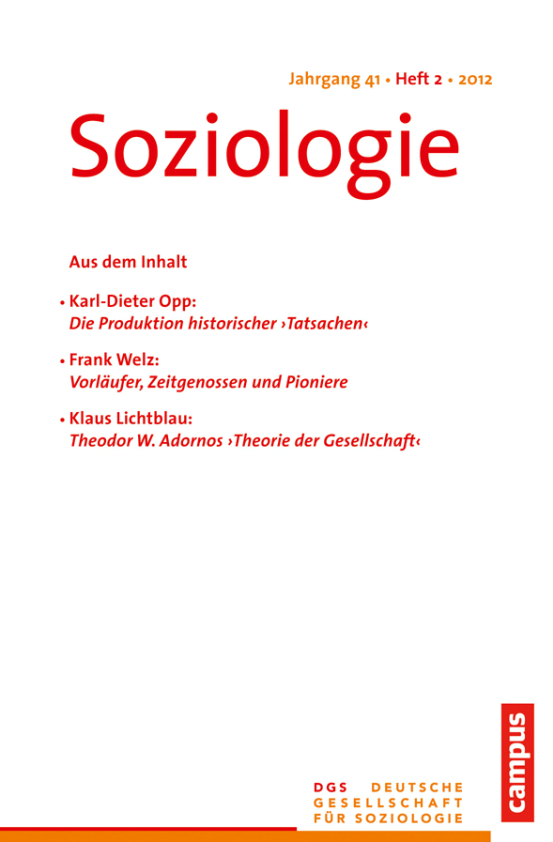Die Produktion historischer ›Tatsachen‹
Wie die falsche Teilnehmerzahl der Leipziger Montagsdemonstration am 9. Oktober 1989 Allgemeingut wurde
Schlagwörter:
Leipziger Montagsdemonstration, Produktion falscher Tatsachen, Umgang mit Daten, DatenAbstract
Diese Arbeit beschäftigt sich mit der Demonstration in Leipzig am 9. Oktober 1989, einer bedeutenden Episode in der Geschichte der Friedlichen Revolution. Allgemein wird dabei von 70.000 Demonstranten ausgegangen. Es wird gezeigt, dass diese Zahl eindeutig falsch ist. Die Studie, auf die sich diese Arbeit konzentriert, ist jedoch kein Beispiel für das Fingieren, sondern vielmehr für den nachlässigen Umgang mit Daten. Die Lehren, die im letzten Abschnitt aus diesem Fall gezogen werden, treffen jedoch auch auf fingierte Daten zu.
This paper deals with the demonstration in Leipzig on October 9, 1989, an important episode in the history of the East German Revolution. It is generally held that 70,000 demonstrators participated. This paper shows that this number is clearly wrong. The case study this paper focuses on is not an example of the faking of data, but rather of negligent data handling. However, it is argued that the lessons from this case discussed in the final section hold for faked data as well.


